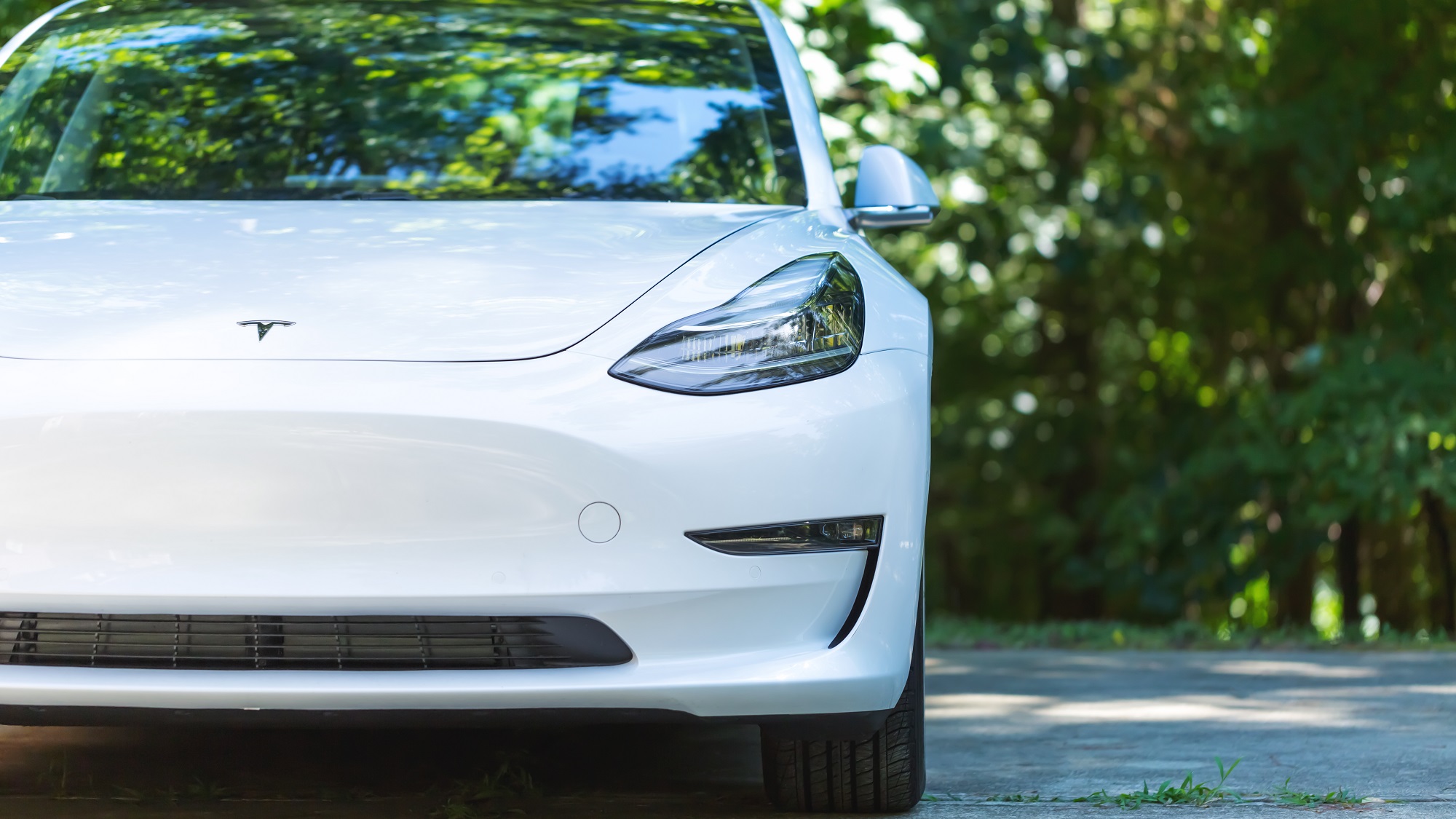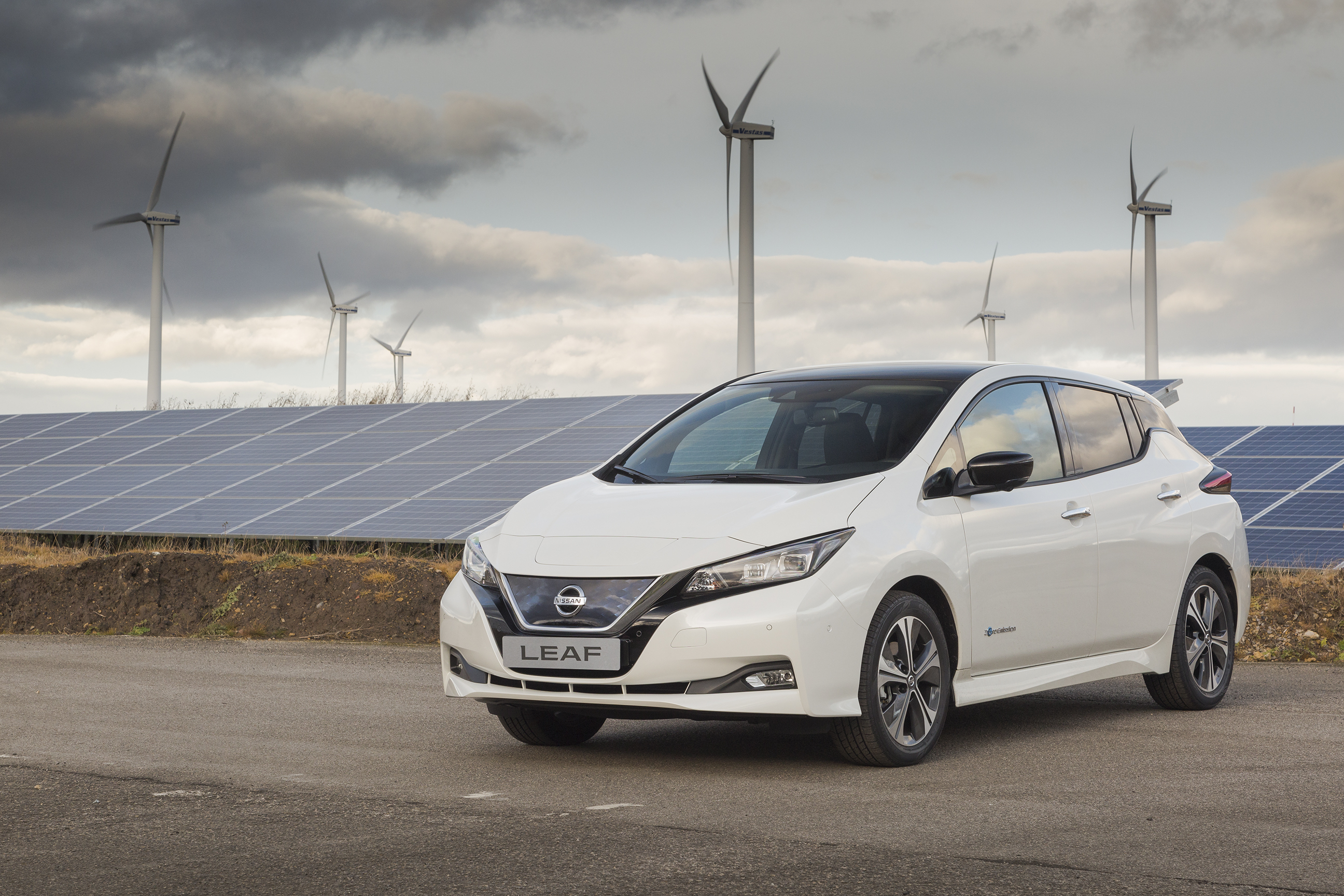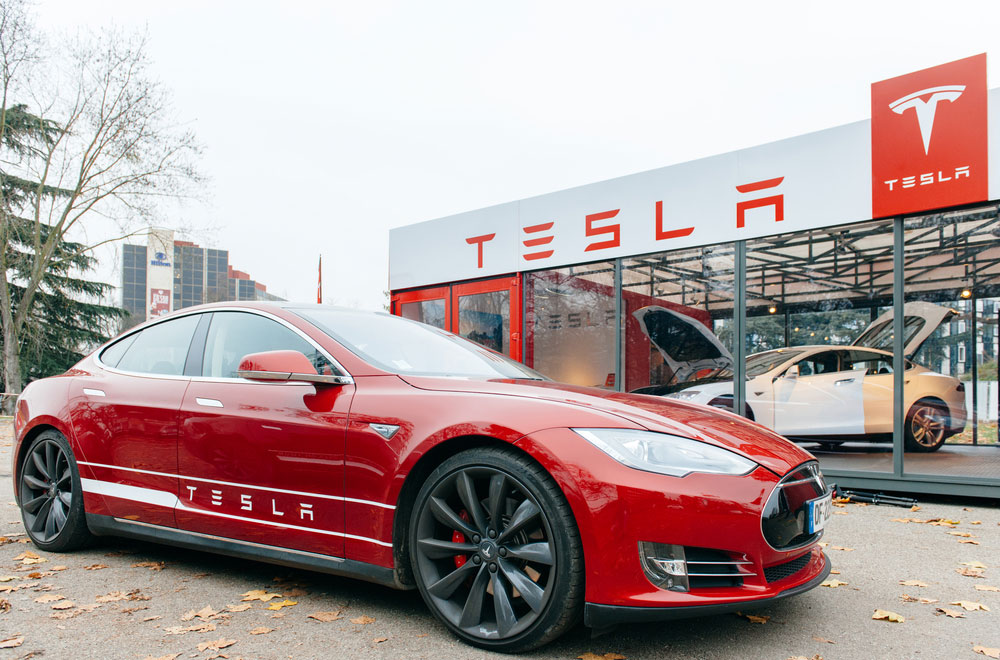7 things you need to know before you buy an electric car
Here are answers to some of your biggest EV questions

Given the current price of gas, you may have wondered whether it’s worth ditching your current set of wheels and buying one of the best electric cars. Not only would it save you from spending so much on gasoline, you’re not burning fuel and pumping out clouds of pollution while you get around.
But if you’ve never owned an electric car before, then the process can be a bit daunting. There’s a lot of new information to wrap your head around, and it isn’t helped by all the misinformation that gets spread around. If you are a total EV newbie, here are 7 things you should know before you buy an electric car.
Is now the right time to buy an electric car, since gas prices are so high?

Only if you were planning on buying a new car soon anyway. Unnecessarily spending thousands of dollars on a brand new car is going to eat up pretty much all your potential savings. Even knowing how to find cheap gas isn't enough to combat extreme prices.
But if your car is about due for an upgrade, there’s plenty to gain from going electric. Not only can you save money on fuel and maintenance, you also have the added convenience of being able to plug in at home, instant torque to get you going faster, and potentially a car with a much roomier interior.
If making the switch to pure electric is too much, or too expensive, then it may also be worth checking out a hybrid. You’ll still need to buy gas, but not quite as much as you do with a non-hybrid car. But again, it’s only worth it if you’re thinking about getting a new car anyway.
How much money can you save vs gas vehicles?

When it comes to electric cars, buying the car is the biggest financial hurdle you’ll face. EVs are more expensive than their gasoline-fueled counterparts, which can be a significant financial hurdle. However, once you have the car, all your ongoing costs will be significantly lower.
The most obvious saving comes from powering the car. Despite a rise in energy prices, refueling with gasoline is still significantly more expensive. In the past the U.S. Department of Energy reported figures that showed gasoline, on average, cost more than double the equivalent amount of electricity. Plus it is possible to find free EV chargers that cost absolutely nothing to use.
Electric cars also have lower regular maintenance costs. They don’t need oil changes, and there are fewer moving parts that could potentially break and need replacing. All in all, you’re looking at some serious savings.
Back in 2020 Consumer Reports claimed drivers could save $6,000 to $10,000 over the lifetime of an EV. That includes saving $800 to $1,000 a year on the cost of fuel, and around $4,600 on maintenance over the car’s lifetime. And, of course, these figures were calculated before gas prices started getting silly.
People worry about range anxiety, but how far can you travel on a single charge?

If you’re buying a brand new EV in the U.S. the shortest electrical range you will be able to get is the 100 miles offered by the Mazda MX-30. Which is pretty poor, there’s no denying that. Fortunately. the days of low-range EVs are coming to an end, and there are currently more electric cars with over 200 miles of range than there are below.
While cars with really quite poor ranges are on the cheaper side, price and range don’t always correlate. Right now the cheapest EV in the United States is the 2023 Chevy Bolt, which has a newly-reduced starting price of $26,595, and a range of 259 miles. Meanwhile the 2022 Audi e-tron, which starts at $60,900, only offers 222 miles.
But while 200+ miles is now becoming the default, some EVs can travel even further than that. The Tesla Model S offers 405 miles of range, while the Lucid Air Dream Edition can hit 520. If that wasn’t impressive enough, the Mercedes EQXX Vision concept managed to travel a record-breaking 747 miles on a single charge.
For reference, the driving distance from Manhattan to Chicago is around 800 miles and takes over 12 hours. With a range like that, it’s a shame that car won’t be going into mass production.
How long does it take to recharge at home or on the go? And how much do those chargers cost?

A bunch of factors affect how long it takes to recharge an electric car. Primarily it comes down to the kind of charger you use, how much voltage is available and how much power your car can actually pull in. Out on the road you’ll be using DC rapid chargers, which will recharge the majority of cars to 80% in under an hour — though some can do it in considerably less time.
At home things get a lot slower. If you’re using a standard 120V wall socket your recharge time is going to be measured in days rather than hours — which isn’t convenient. Using a specialized 240V socket, which any qualified electrician can install, can speed up the process. But cars with larger batteries (and range) can still take over 24 hours to fully recharge.
A dedicated EV charger, most commonly available with speeds in excess of 7kW, can cut that time down to a few hours. It’s not fast enough to quickly recharge in an emergency or on a road trip, but it is fast enough to recharge most EVs overnight. In all three cases, the cost of recharging is only as much as your energy provider charges you.
The price of the chargers themselves varies, because there’s a huge variety of options on the market. Some are glorified plug sockets and others have smart features that offer smartphone app support, let you set timers, control the amount of power consumption and more. While you need to factor in installation costs as well, you can purchase a car charger for a few hundred dollars. Tesla’s 11.5kW home charger costs $400 and the 12 kW Chargepoint Home Flex, which has some smarter features, costs $700.
What is the US government doing to make EVs more affordable for the masses? And how do you claim that money?

The main financial incentive for prospective EV owners is the $7,500 federal tax credit. Buying an eligible plug-in vehicle, including plug-in hybrids, means you can claim up to $7,500 on your taxes — thereby significantly reducing the cost of buying an electric car. To do this you’ll need form 8936, for Qualified Plug-In Electric Drive Motor Vehicle Credit. This can be found on the IRS website, alongside instructions on how to fill it in.
However. the tax credit is only available if the manufacturer has sold less than 100,000 eligible vehicles. So far that only applies to Tesla and General Motors, but others could be on the way. There has been talk of removing that restriction, and increasing the maximum credit, but nothing concrete has happened. And it’s the only tax credit available at a federal level.
There are other incentives available at the state and local level, each with their own rules and requirements. California, for example, offers the Clean Fuel Reward on eligible EVs and plug-in hybrids, which saves $750 at the point of sale if you buy from a participating retailer. Texas also has a $2,500 rebate for alternative fuel vehicles, which includes EVs and plug-in hybrids, but you have to apply online and only 2,000 applications are accepted each year.
The U.S. Department of Energy has a tool to find incentives at a state and federal level. Meanwhile, EnelWay can help you seek out incentives that are available to you, based on your Zip Code.
Are electric cars less safe?

No, it’s the actually the opposite. EVs have had some bad press due to a few serious battery fires, which typically involved firefighters using water, which isn’t very effective. EVs have also been engineered to make sure batteries don’t overheat, so fires are incredibly rare. Compare that to gasoline cars, which carry and burn flammable fuel to get around and offer a much greater risk — with 212,500 fires reported in 2018 alone.
EVs are also, statistically, safer cars in the event of an accident. The NHTSA concluded that the risk of injuries to EV passengers is lower, and are generally more “crashworthy” than conventional vehicles. Plus, all cars on the road have to pass strict crash safety testing before they can go on sale, so you don’t have anything to worry about.
As an example, the original Tesla Model S got a full five-star rating from the NHTSA when it launched in 2013. That's the highest score the agency can give.
There have been concerns about pedestrian safety, since EVs are very quiet while driving at low speeds. For this reason automakers (with some prompting from world governments) have added noise makers to the car that generate noise at slower speeds — reducing risk. At higher speeds the wheels on the road make enough noise to make it clear something’s there.
What are some of the most exciting electric cars on the road now?

One of the most exciting cars on the road is the Lucid Air Dream Edition. While expensive (from $169,000) and only sold in limited quantities, it is capable of reaching 520 miles on a single charge — more than any other electric production car. It also looks pretty stylish, and is supposed to get a level 3 autonomous driving system in the near future. Other cars on the road only hit level 2 — including Tesla.
Then there’s the Ford F-150 Lightning, which is a little more affordable but no slouch in any department. The price starts at $39,974, and long range models can hit 320 miles on a single charge. But that’s only part of it. Ford’s F-Series has been the best selling automobile in the United States for decades, and the F-150 Lightning is ushering in a new era for the brand — and potentially bring a whole new group of people to team EV. There are plenty of reasons to need a truck, and the F-150 Lighting aims to be able to do it all, plus a little extra.
Then, of course, there’s the Tesla Model S Plaid, which comes with all the flourishes and performance you’d expect from a Tesla car. We're talking 396 miles of range, 100 mph top speed, an in-car computer that’s powerful enough to play triple-A PC games, and a 0-60 time of under 1.99 seconds — making it the fastest production car on the road.
For all of our recommendations, check out our full best electric cars list now.
You can also read about my thoughts on renting an electric car for my vacation, and how you can maximize your electric car range in winter.
Sign up to get the BEST of Tom's Guide direct to your inbox.
Get instant access to breaking news, the hottest reviews, great deals and helpful tips.

Tom is the Tom's Guide's UK Phones Editor, tackling the latest smartphone news and vocally expressing his opinions about upcoming features or changes. It's long way from his days as editor of Gizmodo UK, when pretty much everything was on the table. He’s usually found trying to squeeze another giant Lego set onto the shelf, draining very large cups of coffee, or complaining about how terrible his Smart TV is.
